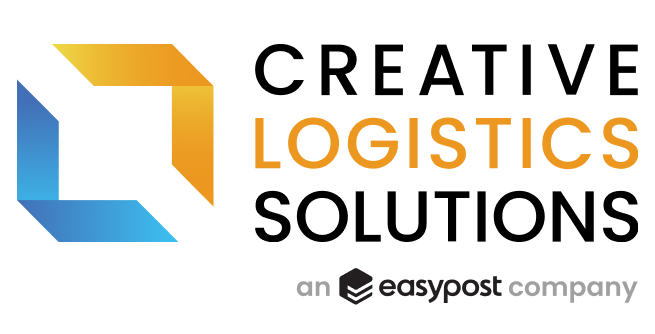Multi-Carrier Shipping System

Definition
What is a Multi-Carrier Shipping System?
A multi-carrier shipping system is a software and hardware solution that allows shippers to load and manage multiple carriers and modes onto one platform to centralize and automate outbound shipping processes. Carriers may include postal, parcel, regional, less than truckload (LTL), truckload (TL), national and international carriers for domestic and international shipping.
Today’s multi-carrier shipping software systems automate many shipping processes, including freight rate calculations, routing, rate-shopping, the printing of shipping label prints, zone-skipping, business rules, reporting, and pre-manifesting needed by most shippers. Carrier rates and services may either be loaded directly into the multi-carrier shipping software and also accessed through a carrier’s cloud-based application program interfaces (APIs*).
Robust multi-carrier shipping systems include functionality to allow shippers to load standard rates, apply discounts to rates according to their carrier contract, and add customer or carrier-specific business rules to be automatically applied for specific shipments, delivery areas, and more.
Multi-carrier systems automate shipping processes, reduce shipping costs, eliminate manual tasks and reduce labor costs. Managing shipping operations with software for shipping enables companies to increase productivity and throughput without adding staff and also increase shipping accuracy to enhance customer service.
Read Our Blog: Cost and Service Reasons to Consider Alternative Carriers
There are different tiers of multi-carrier shipping systems defined by their architecture and functionality and are based on a company’s daily shipping volume, as well as the speed required to efficiently process this volume. The total processing time includes the time needed to execute business rules, rate-shop multiple carriers, record the shipment, and produce the shipping label. There is usually some overlap between the tiers.
CLS defines the general tiers below, separated by the expected package volumes each can support:
Tier 1 = 2,000 to 500,000+ packages per day in a warehouse environment. Typically, these solutions use resident carrier raters co-located with the shipping software application logic, which is run locally behind the client’s firewall or hosted on a private virtual cloud server. These systems provide fast processing speeds coupled with large parcel carrier rate and service libraries and carrier-compliant labels and documents. These systems will also support LTL and TL shipping, custom business logic, rate shopping, customer routing guides, custom documentation and labels, and interface to various WMS and ERP software. Many will also support omnichannel shipping (or shipping from store).
Tier 2 = 1 package to 10,000 packages per day. Normally these systems may be hosted, and/or use UPS, FedEx & other carriers’ web-service APIs. They can support the national carriers (UPS, FedEx, DHL, USPS) and some regional carriers. There is usually little LTL or TL support, and business logic and customizations are limited. They will interface with most WMS and ERP systems as well.
Tier 3 = 1 package to 1,000 packages per day. These systems are normally SAAS-based with no local software. They offer the major national carriers (UPS, FedEx, DHL, USPS) but rarely regional with no LTL or TL and minimal customization is possible.
When selecting a multi-carrier shipping system for your business, consider your carrier requirements, package volumes, and customization level. Be sure to consider these factors for what you need today AND in the near future. Implementation can be costly, so be sure to select one that will meet your needs over the next 5-10 years.
For other tips, read our blog: Five Ways to Reduce Unexpected Carrier Back Charges
Learn More
Creative Logistics Solutions (CLS) is a leading provider of multi-carrier shipping software solutions that help companies reduce labor, freight costs, and unexpected shipping fees. Please contact us today for a complimentary consultation and software demonstration.
*API stands for Application Programming Interface. This type of interface can be thought of as a contract of service between two applications. In the case of shipping applications, the carrier web-service API is used to access the needed carrier host rating and routing system via the internet or a VPN.





